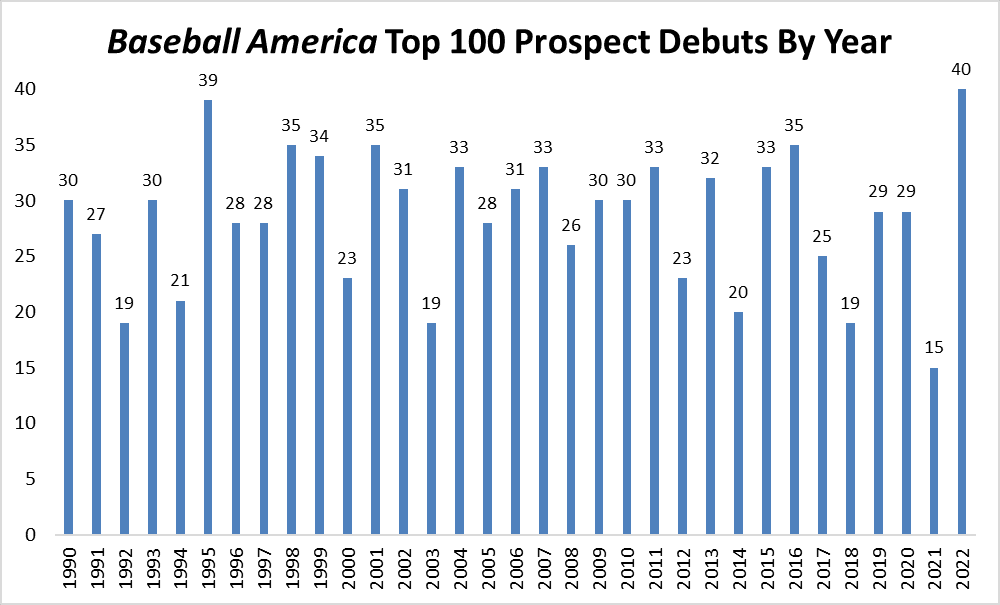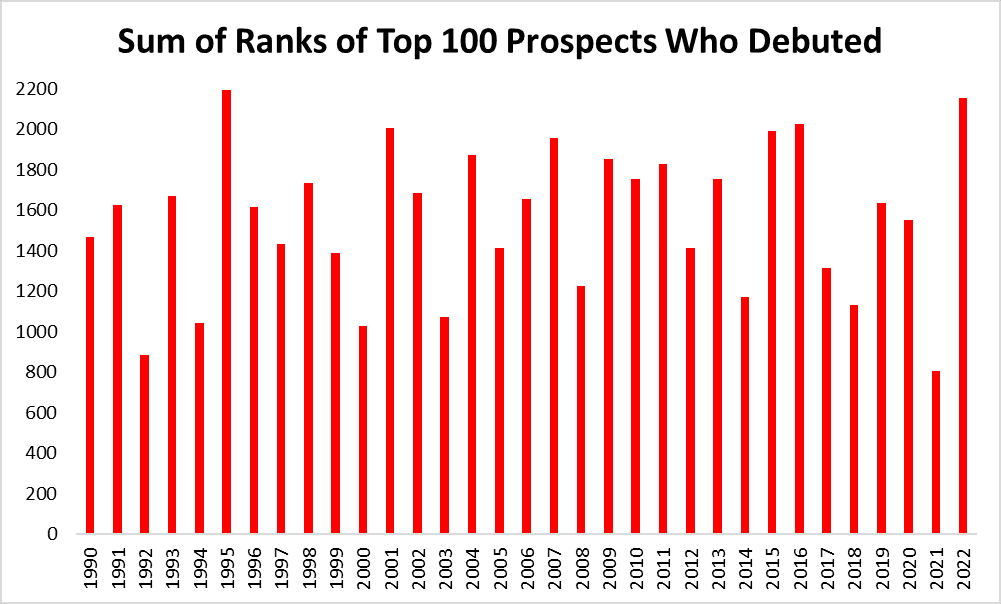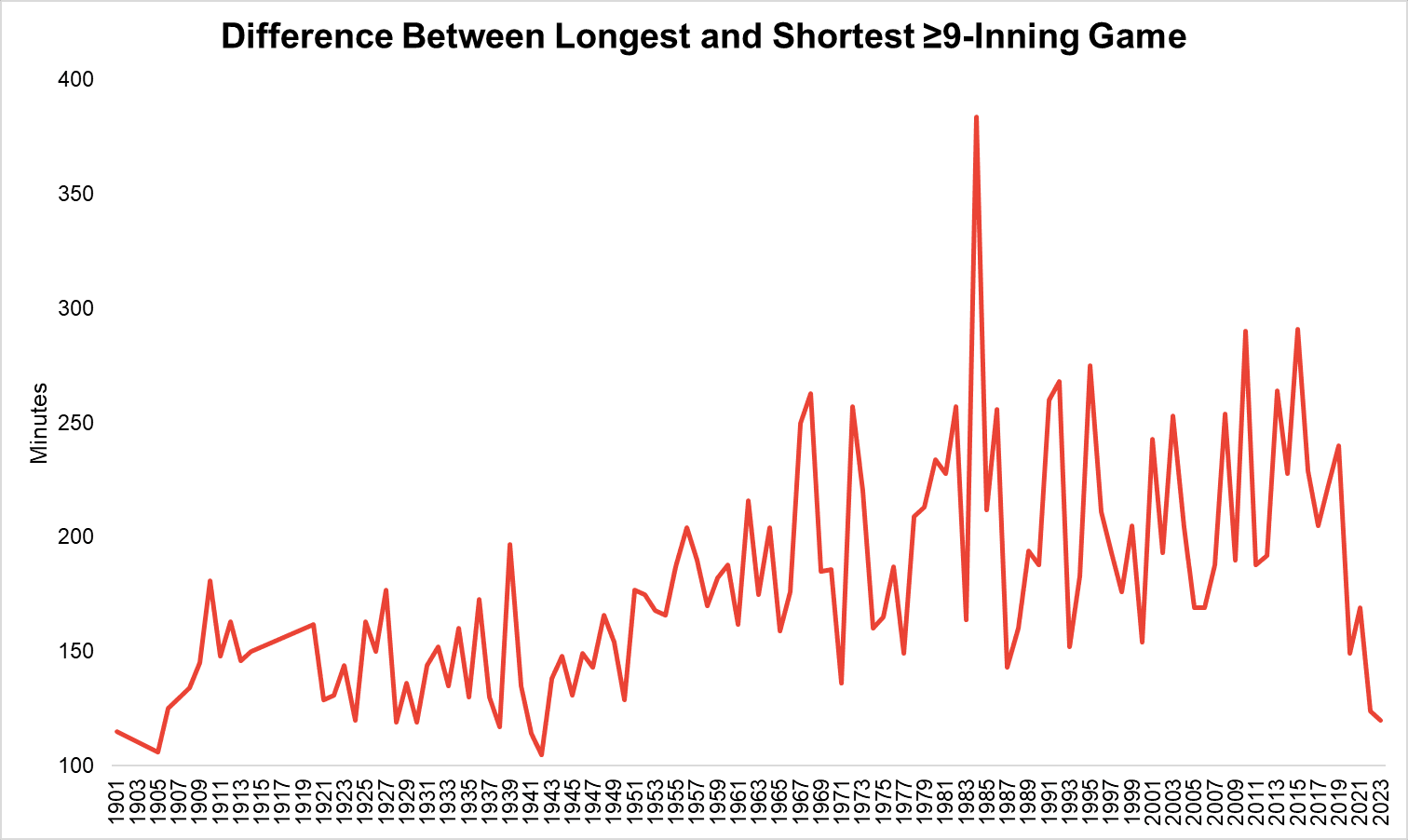
Baseball’s offseason always starts with a thud. There’s no way to go gracefully from October’s heartwarming wins, broken curses, and season-deciding Game 7s to the drumbeat of barely consequential qualifying offers, waiver claims, and rumored contract requests that dominates the days after the World Series. And unlike sports with strict salary caps, baseball doesn’t cram most of its player movement into tightly contained free-agent feeding frenzies. Nor does it offer the spectacle of an offseason amateur draft to give us something must-see amid the marginalia. Baseball’s offseason unfolds like a lot like its games: in slow stretches of posturing broken up by brief bursts of intense activity.
This year, though, the thud has been louder than usual. One month after the conclusion of a classic World Series, baseball’s hot stove is still freezing, serving up ample free-agent foreplay but few completed deals. Granted, November has never been the epicenter of the sport’s winter activity: MLB transaction tallies compiled and provided by Baseball Prospectus show that over the past eight offseasons (as far back as the site’s records from MLB Advanced Media go), November’s trade and free-agent activity has been about half as busy as December’s.

Even so, more than a fifth of all offseason trades and free-agent signings since the winter of 2009–10 have happened in November, putting the month roughly on par with January in terms of offseason activity. Those rates haven’t moved much in recent winters, even as labor negotiations have tweaked the market’s structure. Last winter, 18.2 percent of offseason signings and trades were official before December 1, despite prevailing uncertainty about the potential impact of a new CBA, which wasn’t agreed to until the early days of December.
With four more months of offseason or spring training still to come, we can’t calculate what percentage of this winter’s deals are already done. But now that the book is closed on November, we can say that by baseball’s historical standards, last month was extraordinarily slow. Although irrepressible Mariners general manager Jerry Dipoto has been up to his typical frenetic transaction activity, completing three trades, one signing, and two podcasts, most teams have been biding their time.
The graph below, which relies on data (primarily from Retrosheet) compiled and provided by Baseball-Reference, displays the combined number of traded players and signed free agents from each November since the advent of free agency more than 40 years ago. These tallies are limited to players who appeared in the majors at some point in the season preceding the transaction, although they do include cases in which MLB players were signed to minor league contracts (such as the one Hisashi Iwakuma inked with the Mariners on Monday).

That teeny-tiny 2017 bar represents a paltry total of 25 transactions—17 signings and eight trades—that wouldn’t have looked that out of place three decades ago, during collusion. But not since 1991 has a November yielded less transaction activity—and in 1991, baseball featured four fewer teams and more than 300 fewer players than it did this year. We’ve yet to see a single one of MLB Trade Rumors’ top-50 free agents or 13 honorable mentions sign (although the site’s fifth-ranked player, Masahiro Tanaka, never reached free agency, deciding instead to stay with the Yankees rather than exercise his opt-out clause). And the centerpiece of the month’s most noteworthy trade, former Oakland infielder/DH Ryon Healy, was worth no more than one win in 2017.
Although many of the market’s biggest names tend to hold out until the mid-December winter meetings or beyond to decide where they’re taking their talents, November is never this devoid of news concerning lower- and mid-tier free agents. For comparison’s sake, last November—which was, until this year, the least active November since 2009—brought the signings of 13 of MLBTR’s top 50 (including top-ranked player Yoenis Céspedes, and excluding Jeremy Hellickson and Neil Walker, who accepted qualifying offers), as well as several trades whose imports matched or exceeded the Healy deal, led by the Mariners’ and Diamondbacks’ swap of Taijuan Walker and Ketel Marté for Jean Segura and Mitch Haniger. Because teams entirely turned up their noses at prospective players last month, the disparity between November 2017 and previous Novembers in the free-agent era looks, if anything, more stark when we compare the combined WAR totals produced by traded or signed players in the preceding single seasons and in their careers through that point.

This November’s nearly anonymous crop of traded or signed players produced only 0.2 WAR in 2017, the lowest output of any cohort since 2009 and the fourth-lowest in the whole 42-season span. Collectively, they’ve totaled only 65.7 WAR in their careers to date, the lowest sum of any group since 2001 and the second-lowest since 1986. A month that uneventful demands an explanation—or maybe more than one.
The simplistic (and not necessarily inaccurate) answer is that teams are putting everything else on hold until they’ve taken their shots at the best hitter and best pitcher/pitcher-hitter available: Giancarlo Stanton and Shohei Ohtani, respectively. Stanton, the reigning NL MVP, is on the block because the Marlins’ new ownership, much like the Marlins’ old ownership, is determined to trim payroll. And Ohtani, the Japanese ace and true two-way threat, is expected to be posted by his NPB team by the end of this week.
Both players present unique cases. Stanton, who just turned 28, would be only the third reigning MVP ever to be traded, so teams could be forgiven for letting his talent distract them from the inferior free-agent alternatives. However, Stanton’s uncertain aging outlook, coupled with his complex, record contract—he’s signed for $77 million over the next three years, with an additional $218 million guaranteed over the subsequent seven seasons if he doesn’t opt out after 2020—and the Marlins’ inexperienced owners, makes it hard for teams to predict how his market will develop. The 23-year-old Ohtani, meanwhile, is not only singularly appealing thanks to his pitching, hitting, and fielding abilities, but is the rare superstar whom even the smallest-market team could easily afford. Because of the current CBA’s severe limits on international spending, no team can offer Ohtani more than the amount remaining in its international bonus pool—roughly $3.5 million at most—in addition to dropping the $20 million posting fee due to his former team. With money alone unlikely to make up Ohtani’s mind, front offices have been forced to stretch their composition skills by answering seven questions sent by Ohtani’s agent in an unorthodox, OkCupid-style test of team compatibility.
Stanton and Ohtani are too tantalizing for teams to ignore, but both players are also tough to evaluate and even tougher to land. Although it wasn’t certain that either one would be moved when November began, the chance that at least one would move justified teams' putting other plans on the backburner. While it’s true that Ohtani, at least, wouldn’t blow up a budget, any team can talk itself into picturing him in its park, giving every GM a reason to defer serious discussions with Yu Darvish, Jake Arrieta, or any other pricey pitching option. It’s not unreasonable to draw a direct causal connection between a historic tandem of uprooted superstars with poles-apart contracts and a historically indecisive month.
Of course, an outlier like last month is as likely to stem from a confluence of phenomena as it is to be traceable to a single factor. In a deeply (albeit anonymously) sourced column earlier this week, Yahoo’s Jeff Passan proposed four alternate explanations for the excruciatingly slow start to this offseason: a widespread recognition that making free agents sweat tends to depress salaries; a homogeneity of thought among team decision-makers, who’ve increasingly come to evaluate players in similar ways and rely on similar negotiating tactics (such as using luxury-tax restrictions as an excuse for not spending); an unusual amount of turnover in dugouts and front offices; and the lack of appealing players on the free-agent market at a time when teams are deriving greater value from homegrown, cost-controlled talent.
There’s likely some truth to all of those explanations. Past research suggests that teams do get more for their money when they wait until January to sign free agents. It’s indisputable that teams tend to talk and think alike to a greater degree than they have in the past (although if every team is offering similar salaries, players might as well sign sooner). As Passan pointed out, 11 teams have hired new pitching coaches and six have moved on from their former managers, and both the Braves and the Marlins have undergone organizational overhauls. And at a time when every team recognizes the dangers of paying veteran players for past performance—and when many teams have capitalized on MLB’s leaguewide youth movement and trend toward long-term contract extensions—fewer marquee players are reaching free agency.
The objection to all of those explanations, with the possible exception of extra churn in team brain trusts, is that they would have applied to previous winters, too. Waiting out potential targets in hopes of a discount isn’t a new negotiating tactic, although the new CBA’s stiffer luxury-tax penalties might improve the patter that executives use when talking to agents. GMs have been growing more homogenous as a group for years, and the decline of free agency isn’t a 2017 development, either. It’s possible that teams have suddenly smartened up about free agency, the way they suddenly stopped sacrifice bunting en masse a few seasons ago, but the dramatic decline in November activity (including trades) relative to last year points toward a pair of unicorns playing a prominent role here, as un-nuanced as the “Stanton and Ohtani” argument is. It’s no coincidence that the MLB Players Association successfully sought last month to limit the window in which future NPB imports can be posted—and in which they can cause a clog in the domestic market.
Whatever the reason(s) for this winter’s weird market, there’s plenty of action ahead. Now that teams have turned in their written exams, we’re probably three weeks away from watching Ohtani try on a jersey and tell reporters how happy he is to have a new home. Eventually, the Stanton situation will be resolved, removing an expensive, 6-foot-6 roadblock. Teams still have holes, and those top-50 free agents are still going to get signed. Which means that there’s a silver lining for transaction-starved fans lurking within MLB’s abnormal November: The next few months are going to be busier than usual.
Thanks to Hans Van Slooten of Baseball-Reference and Rob McQuown of Baseball Prospectus for research assistance.

